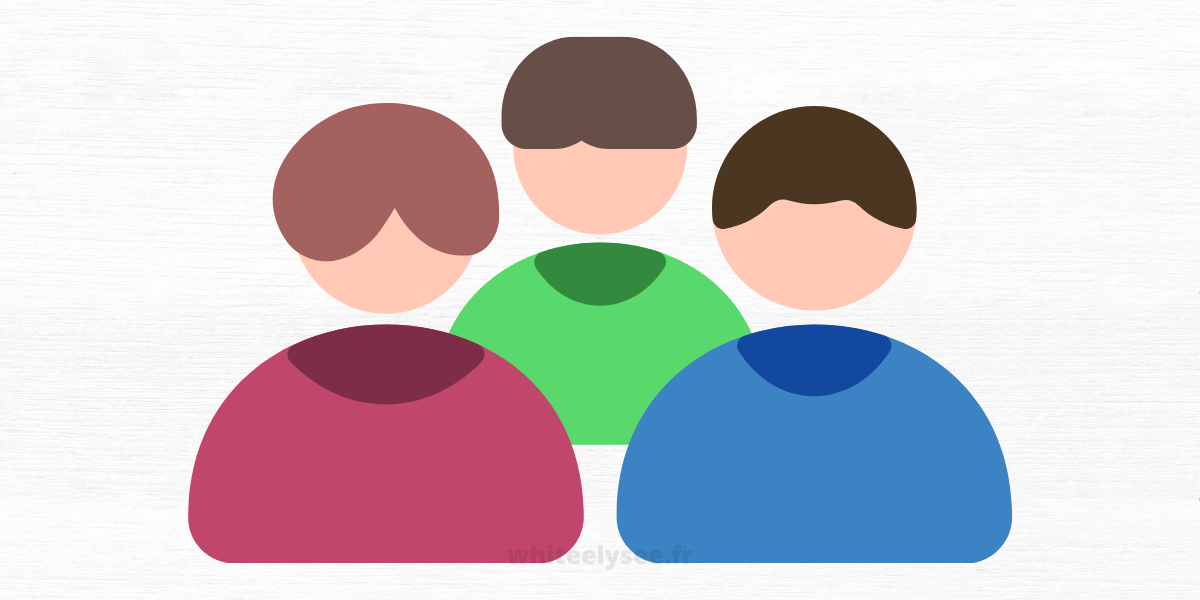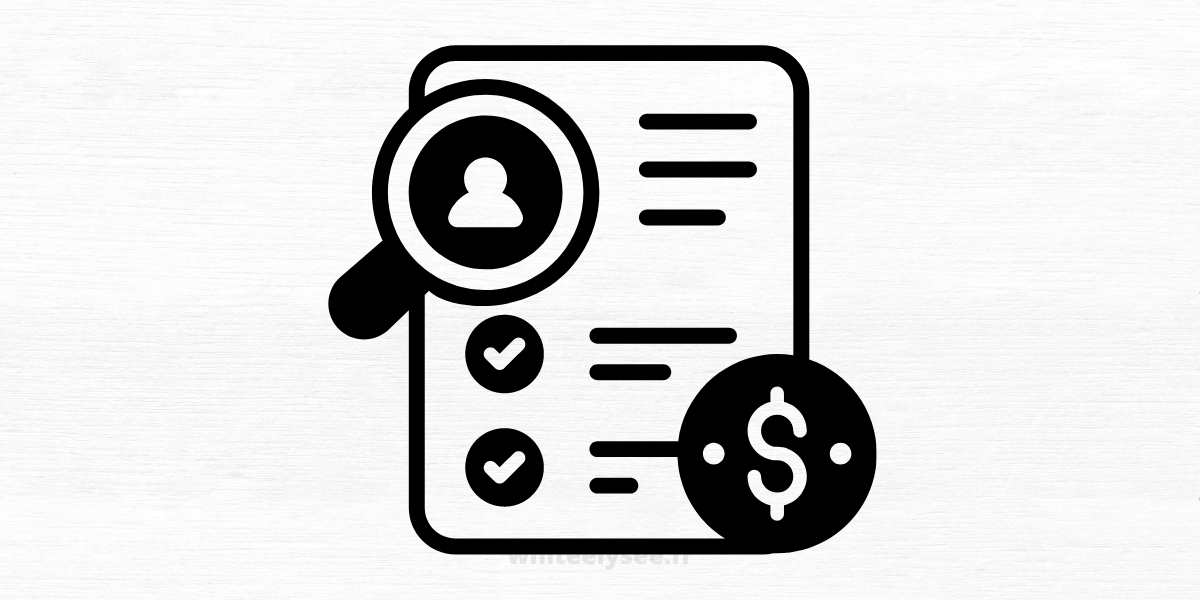
Do you ever feel that some people within your organization are working together for the good of all, while others are only interested in their own interests? If this is you, then this article on Balanced Quality might be for you.
Balanced Quality is a strategy to increase the performance of manufacturing or service operations. The following statement forms the basis of Balanced Quality.
“What we strive for and how we get along with each other determines the quality and quantity of our work and the results that our customers experience.”
Balanced Quality, therefore, focuses on three elements (elements of a business): organizational culture, customer relationships, and work output. Corporate culture refers to the way things are done within the company. The effectiveness of the work relationships among employees and the way people feel about their job are two indicators of an organization’s culture. The owner of a small business is often the most important person involved in maintaining and developing the organizational culture.
Work output refers to the production of manufactured goods or services. Customer relationships are the interactions between the customer, the business, and it. These customer relationships are a measure of how effective they work. As with the work relationships between employees, trust and communication are essential for building long-term sustainable relationships that will keep customers coming back to purchase from the business. Balanced quality, in essence, is about improving the quality of these three elements so that there is a balance between them.
To ensure that customers are satisfied with the company’s products and services, it is essential to embed quality into the organizational culture. This will result in happier customers and a better financial position for the company.
The need for Balanced quality can be explained using a picture. As an example of organizational culture, imagine a circle that turns slowly clockwise. It looks like a wheel with an axle. Another circle, which is aligned next to corporate cultures, indicates work output. It turns anti-clockwise to reflect the driving force behind the organizational culture. The third circle, customer relations, is located next to work output. It revolves clockwise.
The overall effect is that when Balanced Quality is present within each element, there is a balance between them. Each aspect revolves around a central point (balance within each component), and the first element engages against the second, which in turn drives to the third (balance among all aspects).
An element that is in an imbalanced state would cause to wobble when it revolves around a point not located in the center of the circle. This can lead to an element that is not engaged with or drives less often.
This is a result of a lack of balance between elements leading to a loss of balance among features which has a direct effect on business performance. This is because customer relationships are less effective than they should be. It happens when there is a lack of inherent quality. This can happen due to low quality work output and poor organizational culture.
How balanced quality can improve your business performance
Balanced Quality seeks to find and fix deficiencies in business culture, work output, and customer relationships. This three-step process is called Balanced Quality.
1. Improve organizational culture and understanding to ensure employees have effective (quality) working relationships between management, employees, and customers.
2. Improved work relationships can increase productivity and decrease errors/rework. Take pride in your work by tapping into the natural tendency of employees. To improve the quality of output
3. Customers will be happier if you offer better products and/or services. Your relationships with customers will improve, which will result in repeat sales and lower costs to gain and maintain customers. This will also lead to higher profits for your company.
Implementing balanced quality
Balanced quality can be achieved by communicating clearly what the organizational culture is and encouraging all employees to get along, creating a collective understanding about the need to provide high-quality products/services, and focusing on customers.





